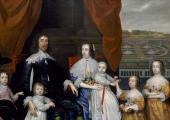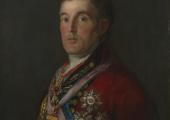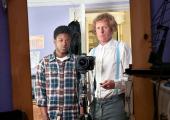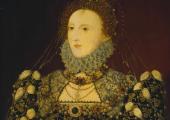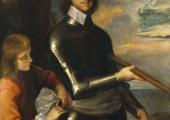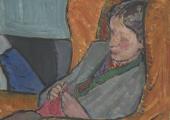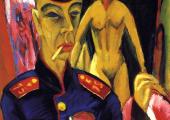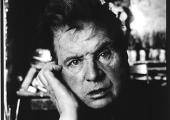Giacometti, National Portrait Gallery
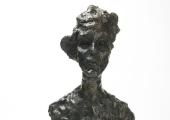
A lifetime of portraiture reveals a secret double life
Any number of puzzling and fantastical stories were told by Alberto Giacometti in the construction of a personal mythology that helped secure his reputation as an archetypal artist of the avant-garde. Less heroic than the oft-quoted accounts of his transformative, visionary experiences, the story of his return to Paris after the Second World War is no less poignant, nor significant for all that. Having stowed his most recent works under the floorboards, Giacometti left his studio in 1941 returning four years later to find it – miraculously – just as he had left it.

